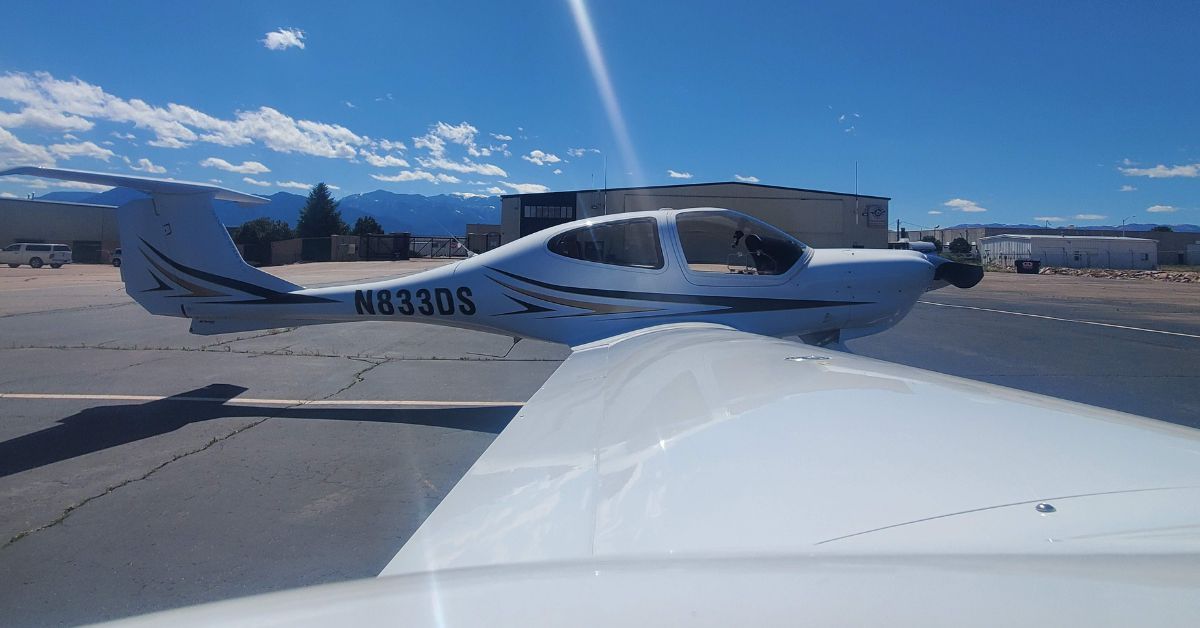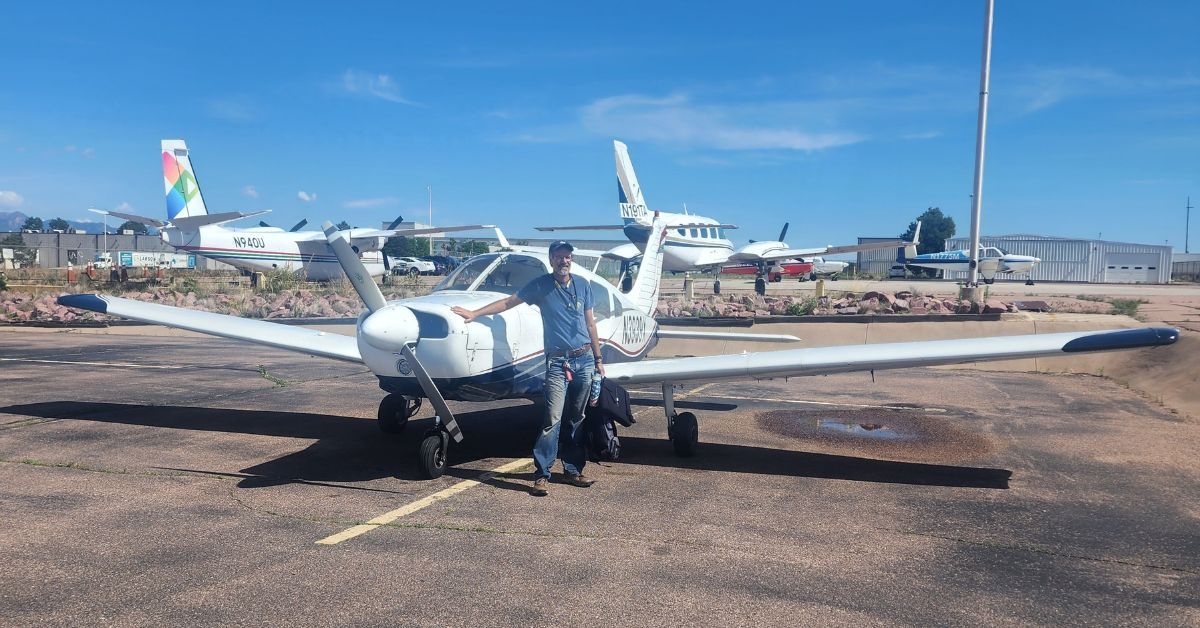Differences Between Private and Commercial Pilot Training
Pilot training is a remarkable educational endeavor that shapes individuals into some of the most highly skilled professionals in the world. Training focuses on developing specific skills and competencies while adhering to strict aviation regulations, whether pursuing a private pilot license (PPL) or a commercial pilot certificate.
However, while both paths may share a foundation in aviation principles, their objectives, complexity, and career outcomes significantly differ. Understanding the differences between private and commercial pilot training is essential for aspiring pilots to choose the training path that aligns with their goals.
Introduction to Private and Commercial Pilot Training
Private and commercial pilot training are two distinct pathways within the aviation industry that cater to different career ambitions. Private pilot training is for individuals who wish to fly for personal purposes, providing them with the skills to operate an aircraft safely under recreational or non-commercial circumstances.
Commercial pilot training prepares individuals for professional aviation and allows them to earn compensation for their piloting services. These two paths differ in their end goals and the depth of their training, regulatory requirements, and career prospects.
Training Objectives
The primary difference between private and commercial pilot training lies in their goals. Private pilot training equips students with the basic skills to fly small aircraft for leisure, travel, or personal enjoyment. This type of training emphasizes safety, navigation, communication, and confidence in handling aircraft.
Conversely, commercial pilot training prepares students for an aviation career. It involves rigorous training to meet higher proficiency standards, as pilots must demonstrate advanced skills to operate as professionals. Commercial pilot training emphasizes precision, efficiency, and readiness for the challenges of working in a professional aviation environment.
Certification Requirements
Students must meet specific requirements set by the Federal Aviation Administration (FAA) or their respective aviation authority to earn a private pilot license. These requirements include logging at least 40 hours of flight time, passing a written knowledge test, and completing a practical flight examination.
While challenging, the private pilot licensing process is relatively streamlined compared to the requirements for commercial certification. Commercial pilot training involves a more extensive commitment to flight hours and theoretical knowledge.
Pilots pursuing a commercial pilot certificate must log significantly more flight time, including time as the pilot in command (PIC) and cross-country flights. They must also fulfill advanced training objectives, such as performing complex maneuvers and mastering multi-engine aircraft if required. Additionally, individuals must pass a demanding written test, and a flight skills test designed to evaluate their expertise and professionalism.

Cost of Training
The cost of private and commercial pilot training is another key distinction. Private pilot training is generally less expensive, requiring fewer flight hours and less complex coursework. This affordability makes it an attractive option for hobbyists and aviation enthusiasts who want to fly recreationally. However, commercial pilot training requires a greater financial investment, often due to the extensive flight hours, advanced simulation training, and additional certifications required.
Pilots aiming for a commercial certificate may also need to pursue other endorsements or ratings, such as instrument or multi-engine ratings, further increasing the cost. Aspiring commercial pilots often seek scholarships, financing options, or employment agreements with aviation organizations to offset training expenses.
Level of Skill Development
The skill development in private and commercial pilot training differs significantly due to the unique demands of each path. Private pilot training hones basic takeoff, landing, navigation, and radio communication skills. The emphasis is on creating confident and competent pilots capable of flying under visual flight rules (VFR) in non-commercial contexts.
Commercial pilot training builds on these foundational skills but introduces various advanced techniques and operational challenges. Commercial pilots train to operate under VFR and IFR, ensuring they can handle adverse weather and low-visibility conditions. Additionally, the training strongly emphasizes passenger safety, fuel management, operational efficiency, and adherence to industry regulations.
Aircraft Types
Private pilot training usually involves simple, single-engine aircraft, such as the Cessna 172 or Piper Cherokee. These planes are ideal for beginners due to their straightforward flight controls and forgiving handling characteristics.
On the other hand, commercial pilot training often incorporates more complex aircraft. Students may train in multi-engine planes or advanced simulators to understand the dynamics of larger and more sophisticated aircraft. This exposure helps commercial pilots develop the skills to seamlessly transition into professional aviation careers.
Career Opportunities
The certification primarily serves as a gateway to recreational flying for private pilots. Private pilots can enjoy the thrill of aviation as a hobby, explore new destinations, or transport friends and family. However, regulations prohibit them from receiving compensation for flying, limiting their activities to non-commercial endeavors.
In contrast, commercial pilots are eligible to pursue a range of career opportunities. These opportunities include roles as airline pilots, cargo pilots, flight instructors, corporate pilots, or aerial surveyors. Additionally, commercial certification often serves as a stepping stone to higher levels of aviation, such as obtaining an airline transport pilot (ATP) license or specialized ratings.

Time Commitment
Aspiring pilots must also consider the time commitment in their chosen training path. You can achieve a private pilot license within a few months for dedicated students, making it a relatively accessible option for those with limited time to commit to training.
Commercial pilot training demands more time due to the additional flight hours, endorsements, and advanced coursework. This longer timeline is a worthwhile investment that lays the foundation for individuals pursuing a full-time aviation career and long-term success in the industry.
Regulatory Oversight
Both private and commercial pilot training are subject to strict regulatory oversight to ensure the safety and competence of pilots. However, the standards and scrutiny for commercial training are higher due to the increased responsibilities of professional pilots. Commercial pilots must meet stringent medical requirements, undergo regular evaluations, and adhere to industry-specific regulations to maintain their certification and eligibility to work.
Personal Development
Beyond the technical differences, both training paths offer incredible opportunities for personal development. Private pilot training fosters independence, self-discipline, and the confidence to conquer challenges. Many private pilots describe their training experience as deeply fulfilling and personally rewarding.
Commercial pilot training amplifies these qualities while introducing additional professionalism, teamwork, and accountability elements. Commercial pilots must develop strong decision-making skills, attention to detail, and a commitment to safety beyond their personal interests, including passengers, cargo, and stakeholders.
Community and Networking
The aviation community is vital in private and commercial pilot training. Private pilots often find a supportive network of fellow enthusiasts at local airfields or flying clubs, where they can share experiences and develop their skills further.
Networking becomes an essential aspect of career growth for commercial pilots. Building connections with instructors, peers, and industry professionals can open doors to job opportunities and mentorship. Attending workshops and conferences or joining professional organizations further enriches the training experience and helps pilots stay connected to the aviation industry.
Final Thoughts
The differences between private and commercial pilot training have roots in distinct goals, skill requirements, and long-term outcomes. While private pilot training offers the joy and freedom of recreational flying, commercial pilot training provides the foundation for a dynamic and rewarding aviation career.
Understanding these differences between commercial and private training will help aspiring pilots choose the path that aligns with their personal and professional aspirations. Whatever training path you choose, the aviation industry offers growth, adventure, and fulfillment opportunities. Take the first step in your aviation journey and discover where the skies can take you.
